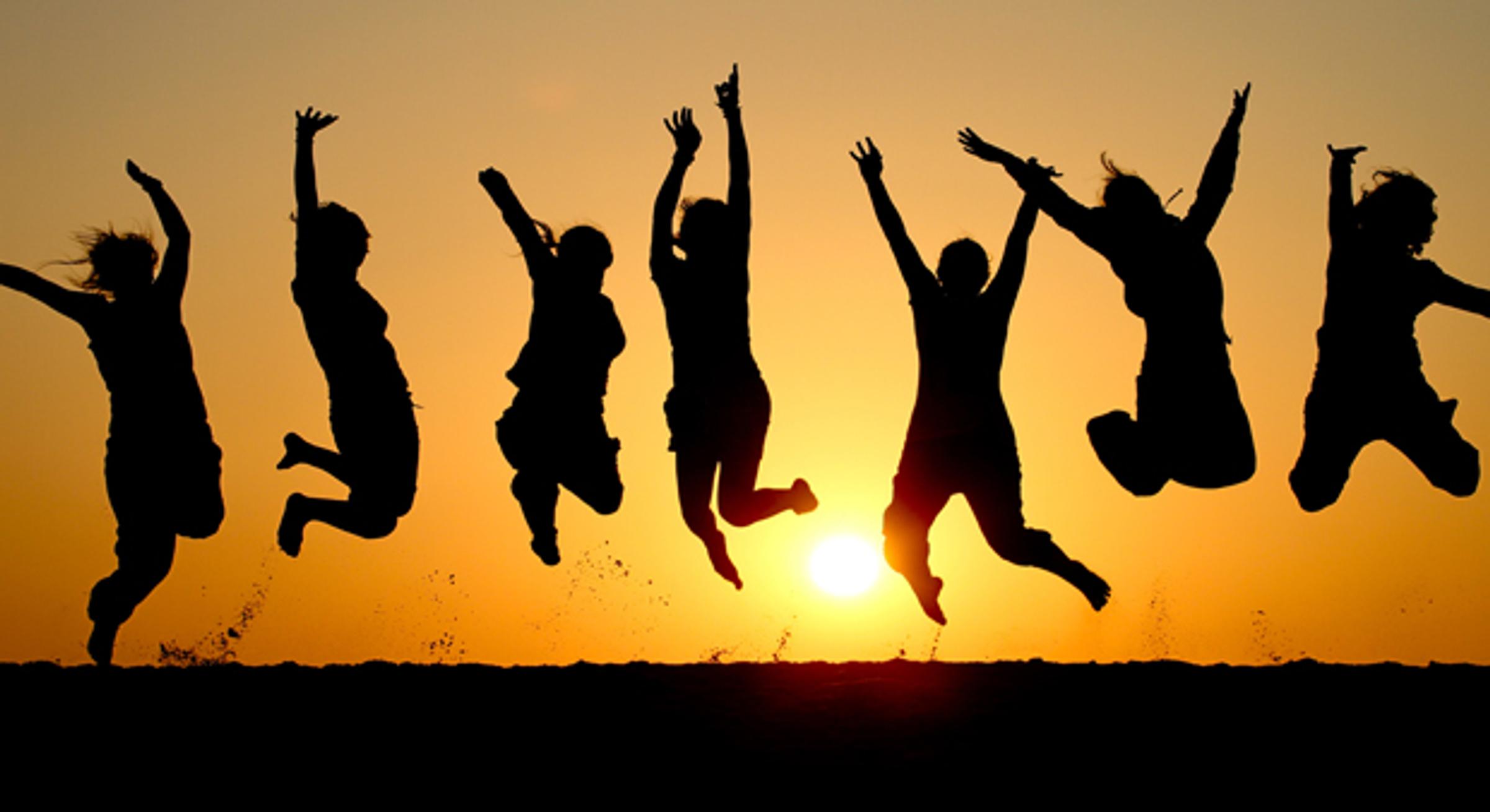Student Wellbeing

Water Safety
During Aquatic Ed, the students have been learning about being safe in and around water. Here are some facts and discussion points for the holidays. Hope you have an enjoyable and safe holiday and we will see you in 2018.
Water safety for children
Did you know?
About 12% of child drowning deaths happen in the bath. Stay with your child, even if she’s only splashing in a couple of centimetres of water in an inflatable pool or in the bathtub. Young children love water. Swimming or playing in water can be fun for everybody, as well as great exercise. But water safety for kids depends on you or another grown-up always watching your child when he’s in, on or around any water.
Water safety for kids: the basics
It’s important to always stay with your child and watch him whenever he’s near water – even when he can swim. Supervision means constant visual contact with your child and keeping her within arm’s reach at all times. You should be in a position to respond quickly, whether you’re at the beach or the swimming pool, near dams, rivers and lakes, or at home when the bath or spa is full. Hold your child’s hand when you’re near waves or paddling in rivers. Supervision is not an occasional glance while you nap, read or do household chores. It is not watching your kids playing outside while you’re inside. It is always best for an adult, not an older child, to supervise. You can also teach your child about water safety and how to swim. Many children can learn to swim by the time they’re four or five. First aid is an essential skill for the entire family to learn. Learning CPR and what to do in an emergency could save your child’s life.
Water safety around the house
The majority of drowning deaths in Australia result from a child falling or wandering into the water, particularly into a backyard pool. But a young child can drown in as little as 5 cm of water.
Here are some tips to improve water safety around your house:
- By law, all pools and spas must be fenced. All swimming pool safety barriers must meet Australian Standard 1926 (AS 1926) safety requirements. Remove any objects from your yard that could be used to climb over the swimming pool fence.
- Remove any containers with water in them from around the house and make sure your child can’t get to any bodies of water, including the bath, on his own.
- Use a nappy bucket with a tight-fitting lid and keep the bucket closed, off the floor and out of your child’s reach.
- Always empty the baby bath as soon as you’re finished with it so older siblings can’t climb in.
- Empty sinks, tubs, buckets, baths and paddling pools when you’re finished with them.
- Secure covers to ponds and birdbaths and other water features with wire mesh, or keep them empty until your child is at least five years old.
- Keep aquariums and fishbowls out of reach of small children. If you have an inflatable pool that is more than 300 mm in height, pool fencing laws apply.
Water safety around dams, creeks, ponds and tanks
Children don’t always understand, apply or remember rules, especially when they’re distracted by play. So a securely fenced, safe play area can be an effective barrier between small children and water hazards.
A secure play area can prevent your child from wandering near dams, creeks or other bodies of water, and gaining access to hazards like farm machinery, horses and farm vehicles. FarmSafe Australia recommends a ‘safe play’ area, plus family rules and supervison, as the most effective way to prevent serious injury and death to small children on rural properties.
Here are tips to improve water safety around your property:
- Fence off the area between the house and any bodies of water.
- Teach your child not to go near the dam, creek or water tank without you.
- Secure a toddler-proof lid over any water tanks.
- Fence off, drain or seal ponds if your child or visiting children are less than five years old.
- Make sure there are no trellises, ladders, windows or trees that your child could climb to get into the water tank.
Water safety around beaches, lakes and rivers
Here are tips to improve water safety near the ocean, lakes or rivers:
- Always stay with your child when she’s playing in or near the sea, lakes or rivers. Hold your toddler’s hand near waves and when paddling in rivers.
- Take your child only to patrolled beaches where surf lifesavers are present, and swim only between the flags.
- Teach your school-age child what to do if he needs help – stay calm, float and raise an arm to signal to a lifeguard or lifesaver.
